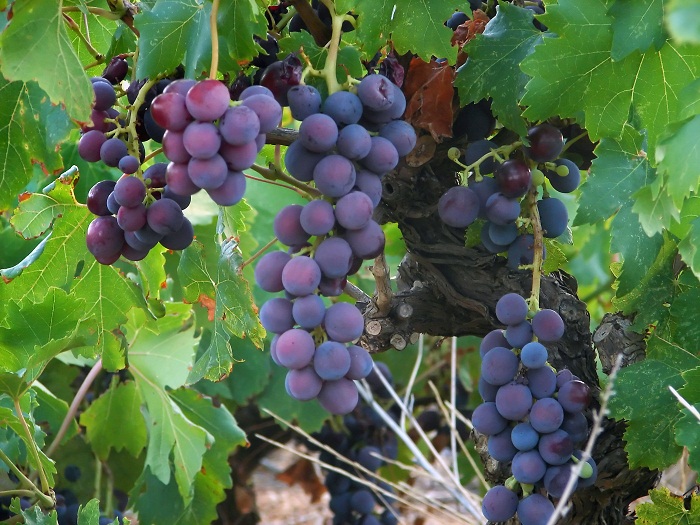From a torrent to a trickle: wine production halves in Romania
 Romanian territory dedicated to viniculture has decreased significantly over the last ten years. Despite the reduction in area of vineyards, the total wine production increased significantly over the same period, until last year's dramatic 51 percent year-on-year fall, according to recent Eurostat statistics.
Romanian territory dedicated to viniculture has decreased significantly over the last ten years. Despite the reduction in area of vineyards, the total wine production increased significantly over the same period, until last year's dramatic 51 percent year-on-year fall, according to recent Eurostat statistics.
Back in 2000 Romania had over 265,000 ha under viniculture, putting it in fourth place in Europe, behind Spain, Italy and France. By 2010 the area stood at 177,000 ha- a more than 30 percent drop that relegated Romania to fifth place, behind Portugal. The estimated figure for 2011 suggests a small increase - to nearly 188,000 ha.
Total wine production in Romania saw a sharp increase in the 2006-2007 season, from 2.6 million hectoliters in 2005-2006 to 5 million hectoliters. Romanian wine production hit a high in 2008-2009 of 6.78 million hectoliters, fifth place behind Italy, France, Spain and Germany. It then saw a slight fall to 6.7 million hectoliters in the following year, before nose-diving to 3.2 million hectoliters last year, slipping to sixth place behind Portugal.
Although other wine producing countries experienced similar changes, the huge recent drop in total Romanian wine production was far greater than the falls in other countries.
The total area dedicated to vines does not directly correlate with total wine production. Yields per hectare are much higher in damper climates as the vines are planted much closer together. This can be illustrated by Germany and Spain. In 2009-2010 Spain produced 39.9 million hectoliters of wine from a little over 1 million hectares, while in the same year Germany produced 9.2 million hectoliters from just 101,000 hectares of vines. This translates to roughly a quarter the quantity of wine from only a tenth of the area.
See data for area and wine production.
Liam Lever, liam@romania-insider.com
(photo source: Photoxpress.com)












